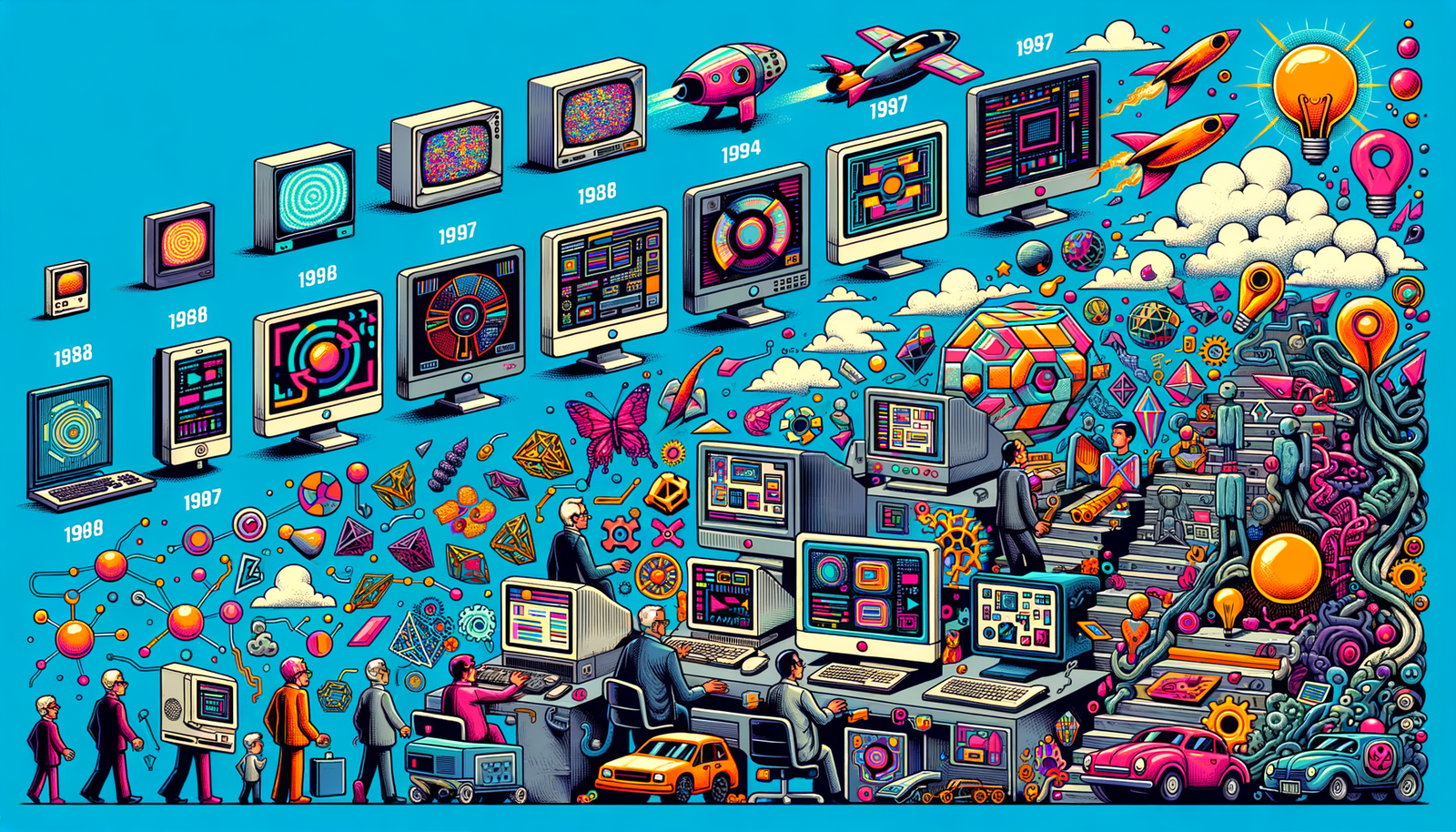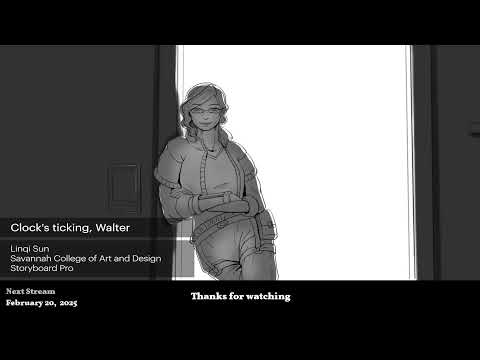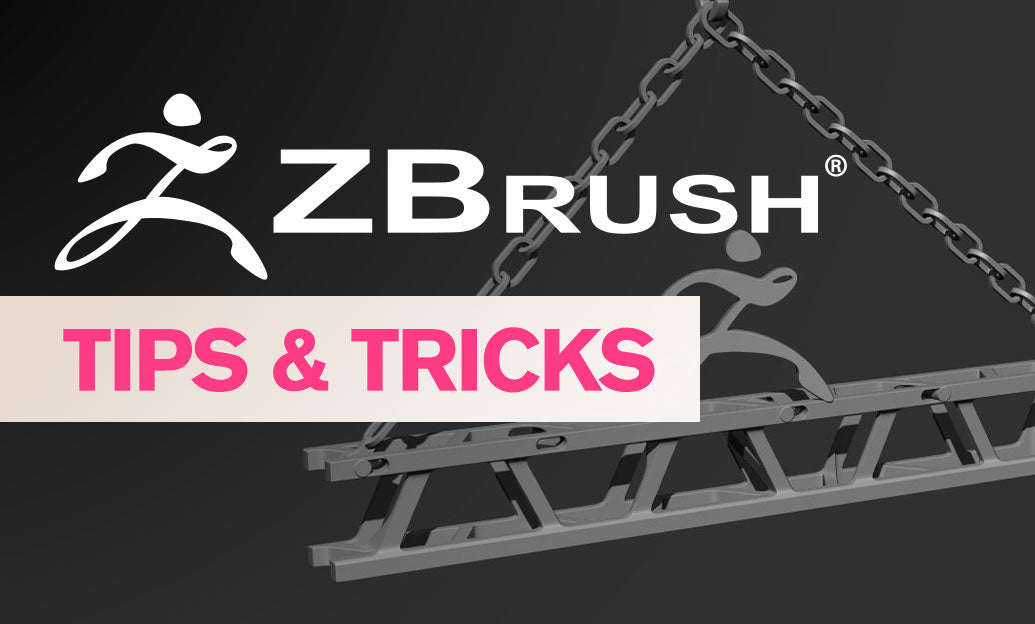Your Cart is Empty
Customer Testimonials
-
"Great customer service. The folks at Novedge were super helpful in navigating a somewhat complicated order including software upgrades and serial numbers in various stages of inactivity. They were friendly and helpful throughout the process.."
Ruben Ruckmark
"Quick & very helpful. We have been using Novedge for years and are very happy with their quick service when we need to make a purchase and excellent support resolving any issues."
Will Woodson
"Scott is the best. He reminds me about subscriptions dates, guides me in the correct direction for updates. He always responds promptly to me. He is literally the reason I continue to work with Novedge and will do so in the future."
Edward Mchugh
"Calvin Lok is “the man”. After my purchase of Sketchup 2021, he called me and provided step-by-step instructions to ease me through difficulties I was having with the setup of my new software."
Mike Borzage
Exploring the Evolution and Future of 3D Printing Software in Additive Manufacturing
December 05, 2024 6 min read


Introduction to Additive Manufacturing and 3D Printing Software
Additive manufacturing, commonly known as 3D printing, has revolutionized the way we approach design and production in the modern era. Unlike traditional subtractive manufacturing methods that remove material to create objects, additive manufacturing builds objects layer by layer, allowing for unprecedented flexibility and complexity in designs. This technology has significant implications for various industries, from aerospace and automotive to healthcare and consumer products. By enabling the creation of intricate geometries that were previously impossible or too costly to produce, additive manufacturing is pushing the boundaries of innovation and efficiency.
The evolution of 3D printing software has been a critical factor in the advancement of additive manufacturing. Early software tools were limited in functionality and user-friendliness, often requiring specialized knowledge to operate. Today, modern 3D printing software offers a range of advanced features that streamline the design process and make it more accessible to designers and engineers. These tools have transformed the way products are conceived, allowing for rapid prototyping and iterative development. The integration of these software solutions into the design workflow has had a profound impact on how products are developed, reducing time-to-market and fostering greater innovation.
Additive manufacturing allows for the creation of complex geometries that were once thought impractical or impossible. This includes intricate internal structures, organic shapes, and customized components tailored to specific needs. Designers can now explore forms that defy conventional manufacturing constraints, opening up new possibilities in form and function. The ability to produce such geometries has significant advantages, such as reducing weight while maintaining strength, enhancing performance, and enabling personalization. This capability is particularly valuable in industries where efficiency and customization are paramount, driving a new era of design excellence.
Advanced Features of 3D Printing Software
Modern 3D printing software offers a suite of advanced tools specifically designed to support complex geometrical designs. One of the key features is parametric modeling, which allows designers to create models defined by parameters and variables. This capability enables dynamic shape alteration, where changes to one part of the design can automatically adjust related aspects, maintaining the integrity of the overall model. Parametric modeling is essential for designing intricate components that require precise adjustments and is especially useful in optimizing designs for performance and efficiency.
Another significant advancement is the integration of generative design algorithms. These algorithms use computational processes to generate optimized design solutions based on specific criteria, such as weight, strength, and material usage. By inputting parameters and constraints, the software can produce designs that a human designer might not conceive, often resulting in organic and highly efficient structures. Generative design is transforming the way engineers approach problem-solving, enabling the creation of components that are lighter, stronger, and more efficient than traditional designs.
User-friendly interfaces and simulation features have also become integral to advanced 3D printing software. The importance of ease of use cannot be overstated, particularly for designers without extensive technical backgrounds. Intuitive interfaces reduce the learning curve and encourage experimentation, fostering innovation. Simulation tools allow designers to visualize and analyze how a design will perform under real-world conditions before printing. This includes stress analysis, thermal simulations, and material behavior predictions. By identifying potential issues early in the design process, these features save time and resources, leading to better end products.
Overcoming Challenges in Complex Geometries
While additive manufacturing offers incredible opportunities for creating complex geometries, it also presents several challenges. Common issues include the need for support structures, material limitations, and printability concerns. Support structures are often required for overhanging features or intricate internal cavities, which can be difficult to remove and may affect the surface finish. Material limitations can impact the mechanical properties of the printed object, and not all materials are suitable for every design. Printability concerns arise when a design is too intricate for the printer's resolution or when features are too fine to be accurately reproduced.
Cutting-edge software features offer solutions to these challenges. Adaptive support generation tools automatically create support structures that are optimized for easy removal and minimal impact on the final product. These tools analyze the geometry and generate supports only where necessary, reducing material usage and post-processing time. Material optimization tools help designers select the appropriate material for their design based on desired properties and compatibility with the printing process. Techniques for simulating and analyzing print quality before production are also crucial. By using virtual simulations, designers can identify potential print failures, distortions, or defects, allowing them to adjust the design accordingly before committing to production.
- Adaptive support generation minimizes the need for extensive post-processing.
- Material optimization ensures the chosen material meets design requirements.
- Print quality simulation reduces the risk of production errors.
These software solutions not only address the technical challenges but also enhance the overall efficiency of the design and production process. By leveraging these advanced features, designers can push the limits of what's possible with additive manufacturing, creating complex geometries with confidence and precision.
Future Trends and Innovations in Additive Manufacturing Software
The field of additive manufacturing software is continually evolving, with new advancements poised to further transform design and production processes. One of the most exciting developments is the integration of artificial intelligence (AI) and machine learning into design tools. These technologies enable predictive design insights, where the software can suggest design modifications to improve performance or manufacturability. AI-driven algorithms can analyze vast amounts of data to optimize designs for specific outcomes, such as reducing weight while maintaining strength or enhancing aerodynamics.
Cloud-based collaborations are also enhancing accessibility and speed in the design process. By leveraging cloud computing, designers can access powerful computational resources without the need for expensive hardware. This allows for more complex simulations and generative design processes to be run efficiently. Additionally, cloud platforms facilitate real-time collaboration among team members across different locations, streamlining communication and accelerating project timelines.
Looking ahead, we can expect to see increased customization options and better interoperability with other design tools. As additive manufacturing becomes more mainstream, the demand for personalized products will grow. Software will need to accommodate this by allowing for easy customization without extensive rework. Improved interoperability means that different software tools can work seamlessly together, enabling a more integrated and efficient workflow. This includes compatibility with traditional CAD software, simulation tools, and manufacturing execution systems.
The potential for real-time data integration from Internet of Things (IoT) devices during the printing process is another promising trend. By collecting and analyzing data during printing, software can make adjustments on the fly to ensure optimal print quality. This could include correcting for temperature fluctuations, material inconsistencies, or mechanical anomalies. Such real-time feedback loops would significantly enhance the reliability and quality of additive manufacturing outputs.
- AI integration offers predictive insights for design optimization.
- Cloud-based tools provide accessibility and collaborative capabilities.
- Real-time IoT data integration enables adaptive manufacturing processes.
These innovations signal a future where additive manufacturing software not only enables complex geometries but does so with greater efficiency, intelligence, and adaptability. Designers and engineers who embrace these technologies will be at the forefront of the next wave of manufacturing advancements.
Conclusion
In conclusion, the transformative role of 3D printing software in enabling complex geometries cannot be overstated. The evolution of additive manufacturing has opened up new horizons in design and production, allowing for the creation of intricate and optimized structures that were once beyond reach. Advanced software tools have been instrumental in this revolution, providing the capabilities needed to design, simulate, and produce complex geometries with precision and efficiency. By overcoming traditional manufacturing limitations, these tools have paved the way for innovation across various industries.
The ongoing advancements in additive manufacturing software point to a future filled with even greater possibilities. As AI, machine learning, cloud computing, and IoT integration become more prevalent, the potential for further innovation expands. These technologies promise to make design processes more intelligent, collaborative, and adaptive, ultimately leading to better products and more efficient manufacturing practices. The ability to rapidly iterate and optimize designs will continue to drive progress and set new standards in the industry.
For designers and engineers, now is the time to embrace these emerging tools and methodologies. By experimenting with advanced software features and staying abreast of the latest trends, professionals can enhance their skills and contribute to groundbreaking projects. The fusion of creativity and technology in additive manufacturing offers an exciting landscape for exploration and growth. As we look to the future, the continued collaboration between software development and design innovation will undoubtedly lead to remarkable achievements in the world of manufacturing.
Also in Design News

2D/3D Animation:Collaboratory with Mike Morris and Aaron Paetz
February 20, 2025 1 min read
Read More
ZBrush Tip: Enhancing Organic Sculpting Techniques in ZBrush: Key Tips and Resources
February 20, 2025 2 min read
Read More
Revit Tip: Mastering Revit's Edit Profile Tool for Customized Design Efficiency
February 20, 2025 2 min read
Read MoreSubscribe
Sign up to get the latest on sales, new releases and more …


